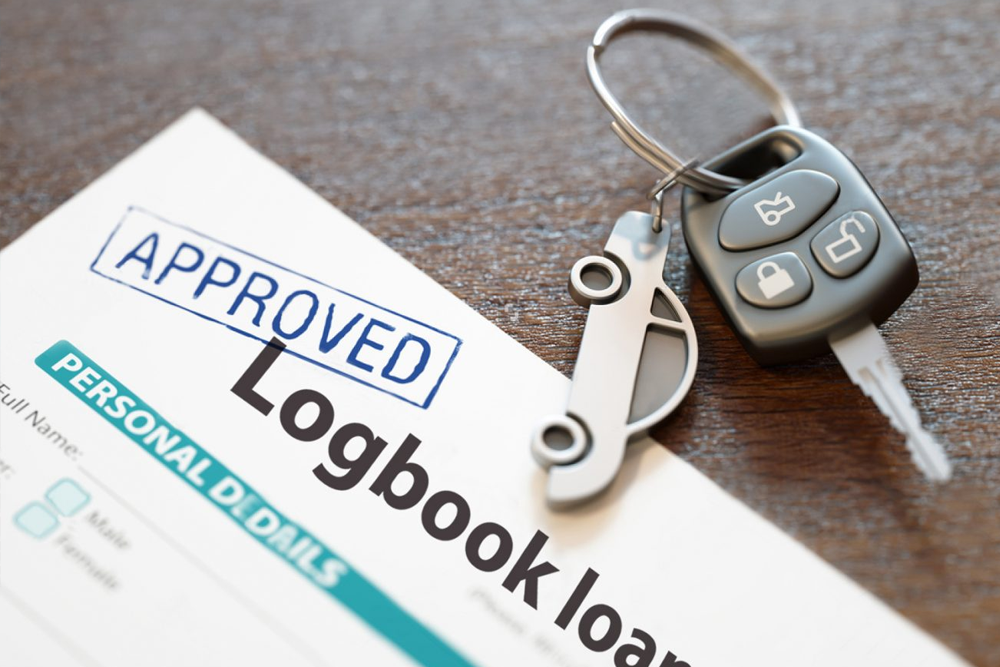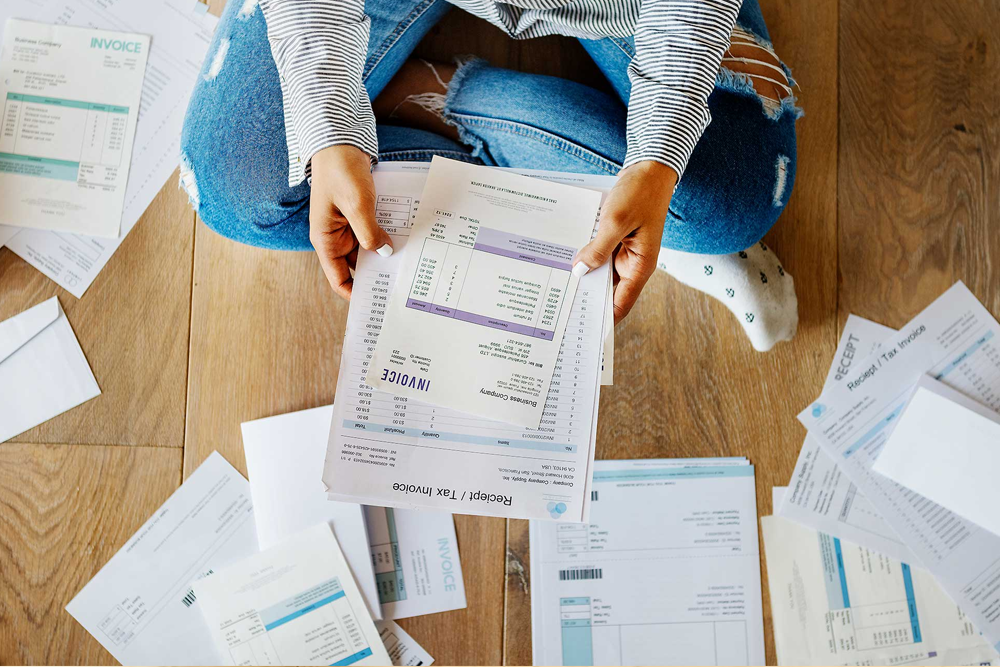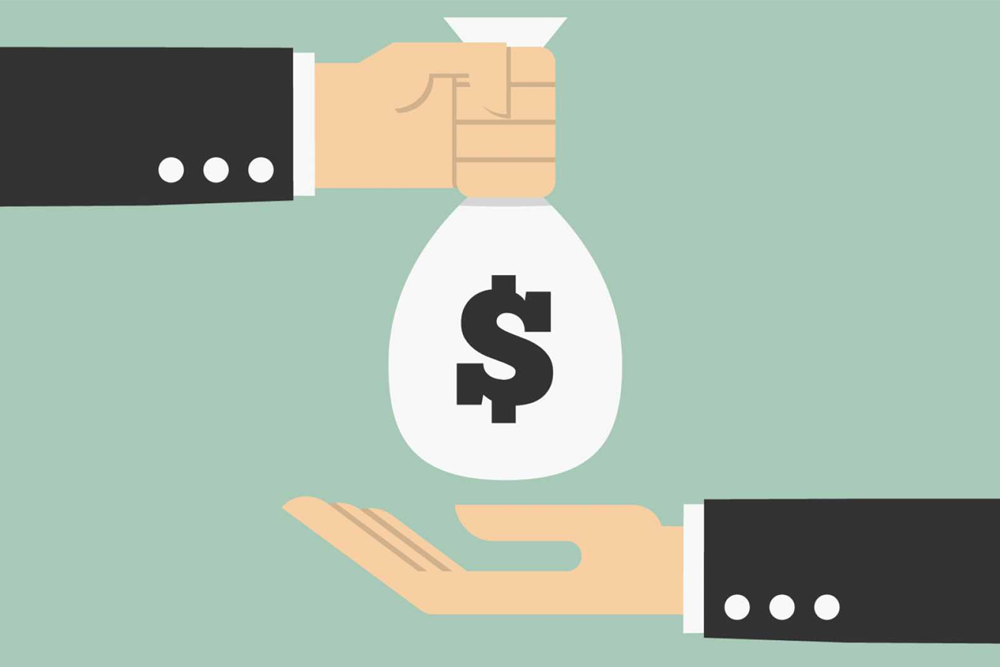
Generally, even though you have responsible credit habits, do not be shocked if you check your credit scores and find that you are below 850. A perfect credit score can appear to be inexplicitly out of reach. Out of 200 million people with credit scores, the standard FICO scores is 704. And at any given time, roughly one percent of people have perfect 850 credit scores. And you can be one of them- if you play your cards right. Keep reading to understand how you can get a perfect score.
An excellent credit score is good enough
You really do not need a perfect credit score to get the best deals. 720 or a higher credit score is typically considered excellent.
Credit scores are tools to assist lenders in deciding how likely you are to repay the money. You will not get a lesser interest rate for having 850 instead of 811. That is good news if you aspire to get into the group of customers who have top-tier credit; nonetheless, you do not want to obsess over every single point in an effort to get the highest score possible.
As far as you have a credit score of 800 or higher, it may not be wise to open new accounts strictly to chase a higher credit score, since you already qualify for the best terms offered.
What the perfect credit score club looks like
A credit score of 800 will not get you the bragging rights that come with the perfect credit score possible, but it will give you the same terms on credit cards and loans. Here is what FICO says members of the 850 could have in common:
No late payments on credit reports (indicating any late payments were more than seven years ago)
- Uses only seven percent of a credit limit
- Owe less than $3, 500 on credit cards
- Credit history of about twenty-five years
How to build a perfect credit score?
Here are easy steps you can take to work toward that perfect credit score, no matter where your credit score stands now:
Spot the mistakes on your report
Credit scores can be inaccurate. According to the Federal Trade Commission, out of five credit reports have an error.
Watch out if errors are dragging you behind. If you discover an error on your file, you can file a dispute online for free with the right credit bureau. Once you fill out an online form, most disputes get investigated within a month.
Pay your bills on time ( and do not be afraid to request for a waiver if you are late
This possibly goes without saying that an essential factor of your FICO credit score is your payment history. Even though FICO keeps its precise scoring formula a guarded secret, myFICO reports that about thirty-five percent of your credit score is obtained from your payment history. If you have several late payments and collections, your credit score will drag behind.
Even though you have an occasional late payment, it is worthwhile to appeal that your lender forgives a late payment ( presuming you have made your payment and is now current on your account).
We are not perfect, and often people miss payments from time to time. It is frequently cheaper for lenders to bend a bit with consumers they would like to hand on than spend a lot attempting to acquire new ones.
Use less than thirty percent of your accessible credit
An essential part of your credit score is credit utilization. This simply indicates how much of your available credit you are actually using.
If you have a credit card with a $2,000 limit on it and have a balance of $1,000, you have not paid off. You are using half your credit. Your credit utilization is fifty-percent.
Most experts suggest you keep your ratio no higher than thirty-percent. However, the lower, the better. This makes more difference than you may think- it accounts for thirty percent of your credit score.
Set up automatic payments
One of the best methods to reduce the possibility of late payment and get rid of the ‘I forgot’ excuse that proliferates all through the industry is to automate your payments for your credit accounts.
Having your bills automatically debited from your bank account on a particular date or charged top a credit card (presuming you pay it off per month) guarantees that you are never late in paying your bills.
Moreover, paying bills through your bank online can be specifically a smart way to decrease your chances of being late with your payments. Not only will you avoid the risk of your payment arriving and processing after the due date as far as you mail your bills in, but online banking is exceptionally fast, and it makes recordkeeping very simple.
Do not apply for a new credit card too often
Combine your credit use with loans, credit cards, and more. This variety known as credit mix makes up for ten-percent of your score.
However, you need to be choosy when applying for new credit cards and loans. Credit Sesame can let you know your chances of being approved for credit cards, car loans, mortgages, and other loans after you have an account. That enables you to understand what is most likely to approve you, so your credit report will be dinged for rejected applications.
Do not carry a balance if you do not have to
If you are able, pay your credit cards off every month. One of the biggest myths is that you need to carry a balance on your credit cards to raise your credit score, which is not valid. As far you are paying your bill on time every month, even though that bill is paid off in its entirety each month, then you are going to experience a long-term positive benefit in your credit score.
This habit will reduce the overall cost of the services and goods you will buy since there is no interest to be paid. It will also help keep your aggregate credit utilization down, which comprises about thirty percent of your FICO credit score.
Focus on your revolving debts first
If you have a balance on your credit cards, consumers need to center on paying off their revolving debts first.
Whether or not you realize it, FICO actually takes the types of debt you pay into account when calculating your credit score. These two kinds of debt are revolving and installment. Resolving debts generally have higher interest rates, and your minimum payment is grounded on the amount you owe. A good example is the department store credit cards. Installment loans are fixed loans for a lengthy period, like car loans or mortgages. Paying down your revolving debts first frequently means paying less in interest.
Stick old credit cards in the freezer
The duration of your credit history takes fifteen percent of your credit score, so closing old credit cards can actually lower your credit score. Instead, when you are ready to stop using an old card, just freeze it.
This might sound extreme; however, making it unavailable can assist your credit utilization and assist you to save cash without losing your aged credit history. When you are tempted to spend, you will have to wait for the credit card to thaw, requiring you to think about your spending decisions.
Request your lender to reduce your interest rate
Even though this idea might sound insane, requesting your lender for a lower interest rate tends to work more often than not. The idea is most cardholders do not make this appeal since they are either afraid to do so or believe they will be told no.
Creditors spend far more money to bring in new clients than they do, caving into some concessions from those with excellent credit scores. If you request for an interest rate reduction, you may get it, which indicates lower costs for you and probably the ability to pay down your debt faster. If you are told no, remember there are worse cases in this world than that.
Do not check your credit score each month
Another somewhat popular myth is that you need to be on top of your credit score. Your credit history is the roadmap that lenders use to decide if to loan you and the interest you will qualify. Generally, it takes a lot of data to give the lenders an accurate picture of how you manage your money. This shows that your credit score can take a long time to move upward, mainly since your length of credit history accounts for about fifteen percent of your FICO credit score.
It can take your time to achieve a perfect credit score. Whereas it is not impossible to build an 850 credit score in fewer years, watching your credit score each month will possibly drive you crazy. You will have to limit your credit score checks to two to four times per year. This will give you a better image of your progress.











